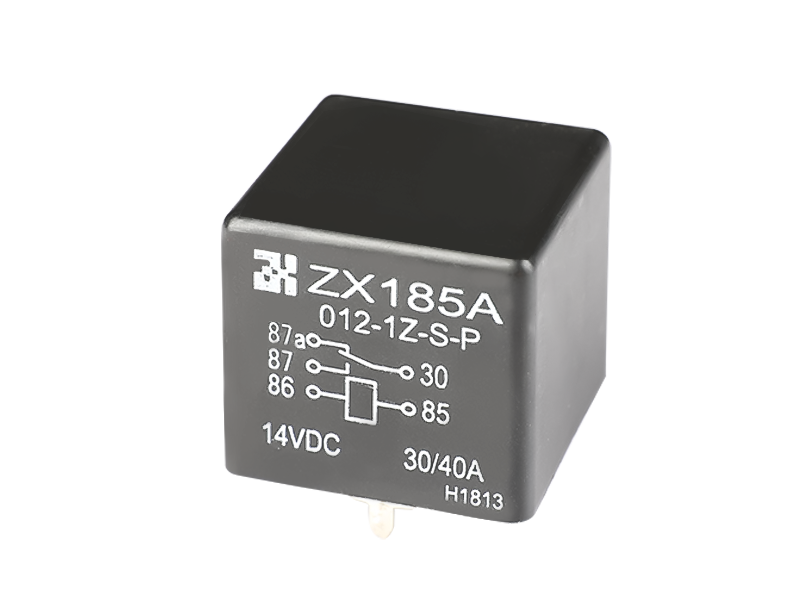Automotive Relays are electrical components that switch circuits on and off. They work by using electrical power, a control module, or a computer to switch one or more electrical circuits. A relay can switch multiple circuits of different voltages. Relays work using electromagnetism, and electrical input triggers an electrical field that activates the armature. Depending on the size of the automotive relay, it can switch multiple electrical circuits.
There are four main types of automotive relays: 5-wire changeover, 4-wire normally-open, and 2-wire auto relays. Relays are commonly installed on the engine compartment, under the dash, and behind kick panels. To determine which type is best for your vehicle, check the fuse block cover for an electrical diagram. Generally, the five-pin 30A/40A automotive relay is installed on a PCB board, while the ISO-280 socket installation method is used on large-volume vehicles. However, be aware that this type of relay cannot handle high-current loads, such as those that are required by high-demand fuel pumps and cooling fans.
Unlike many other electrical components, automotive relays are subject to accelerated aging. High voltage can damage the insulating layer of the coil and cause a short circuit between turns. The release voltage of an automotive relay is typically ten percent of the rated voltage. Too high a voltage can melt the insulating material, causing the relay to malfunction. High-voltage automotive relays should be avoided due to safety concerns.
Timing Relays are arranged for an intentional delay in the operating contacts. For a short delay, a copper disk is used to maintain a magnetic field while extending the release time. For longer delays, a dashpot, a piston filled with fluid, is used. If a longer delay is required, a mechanical clockwork timer can be used. And for longer delays, a dashpot will provide a variable flow rate.
In an automobile, there are two types of automotive relays: electromagnetic and magnetic relays. The latter has a movable iron armature and a coil of copper wire around an iron core. It has a spring that holds the switch in place until a current passes through the coil. The coil then generates a magnetic field and moves the switch. This way, a relay can turn on a car's power without disrupting its performance.
In hot, humid, and dirty conditions, the insulation of automotive relays degrades. The metal contacts of relays are electrochemically corroded and increase their resistance. These factors cause relay failure. Consequently, relays should be cleaned regularly and stored in a dry environment, where the temperature is stable. Moreover, the relay should be protected from moisture and sand by a dust cover or plastic encapsulation.

Theory: Electromagnetic Relay
Usage: PCB
Protect Feature: Epoxy
Contact Load: High Power
Trademark: Zhongxin
Origin: Zhejiang, China








